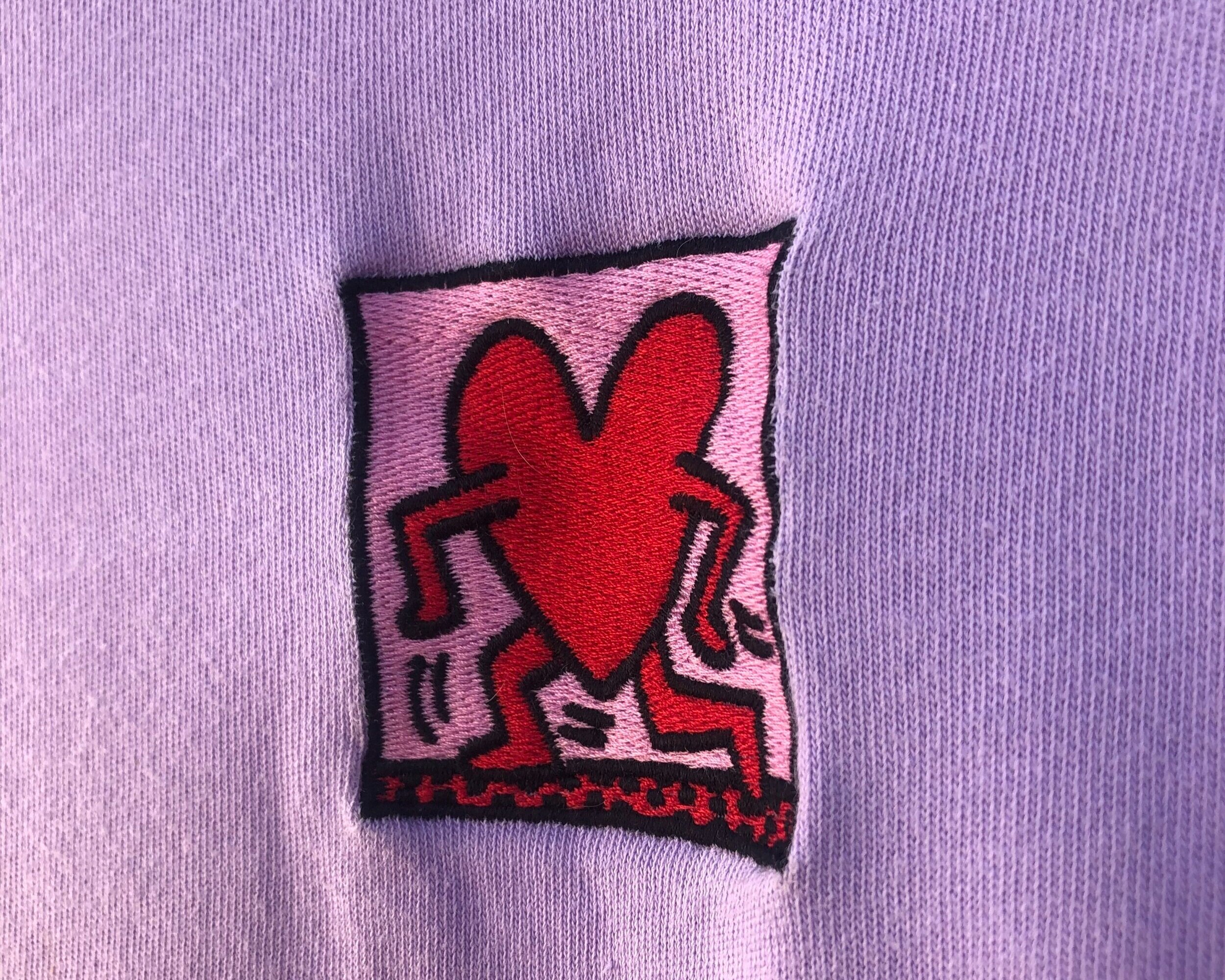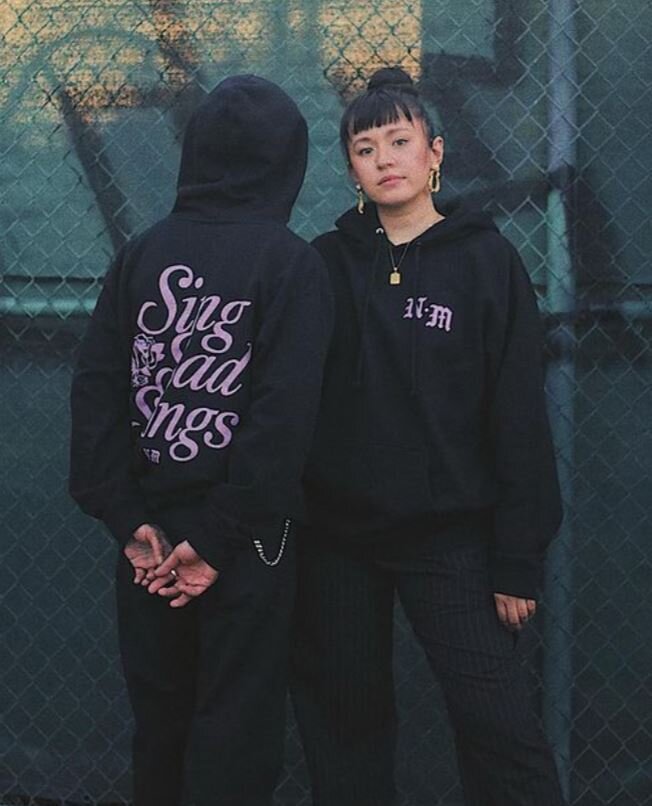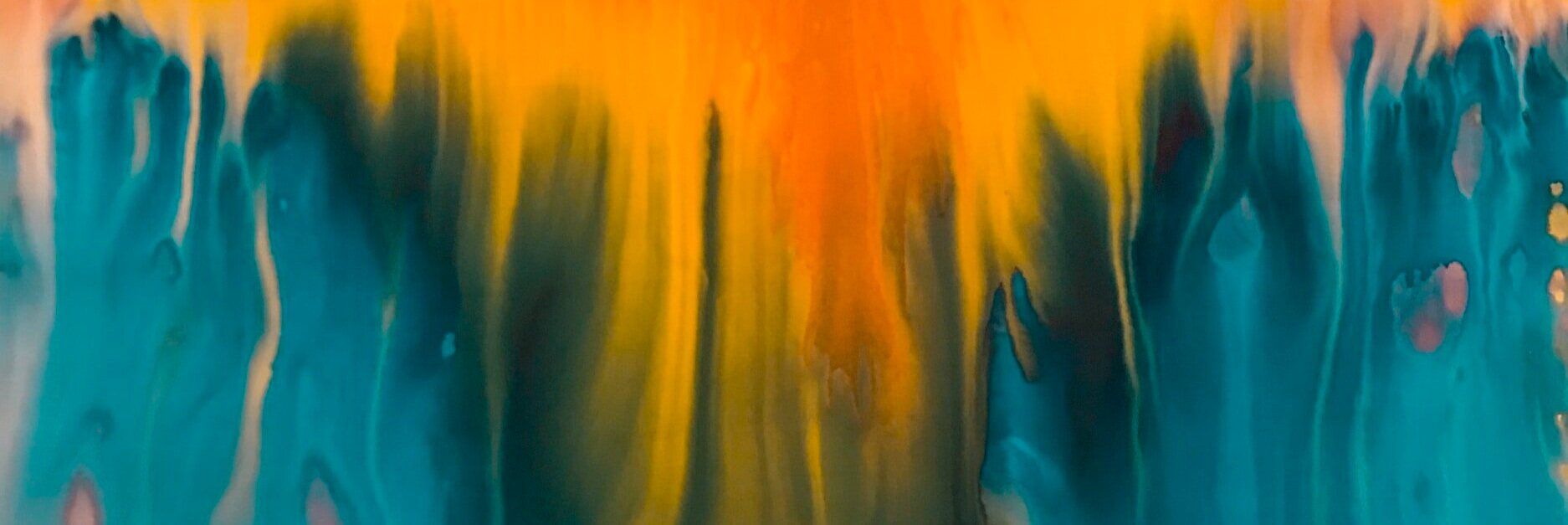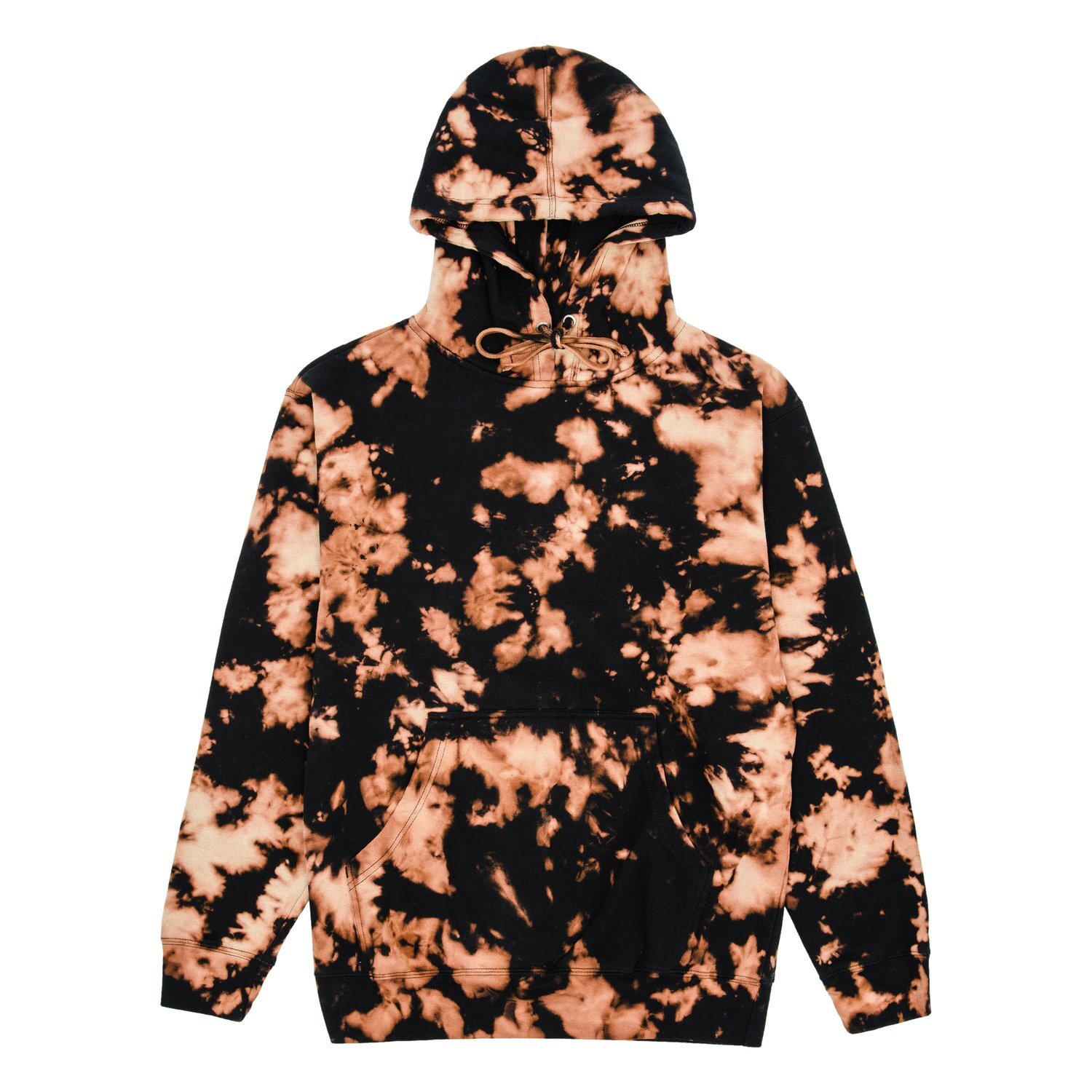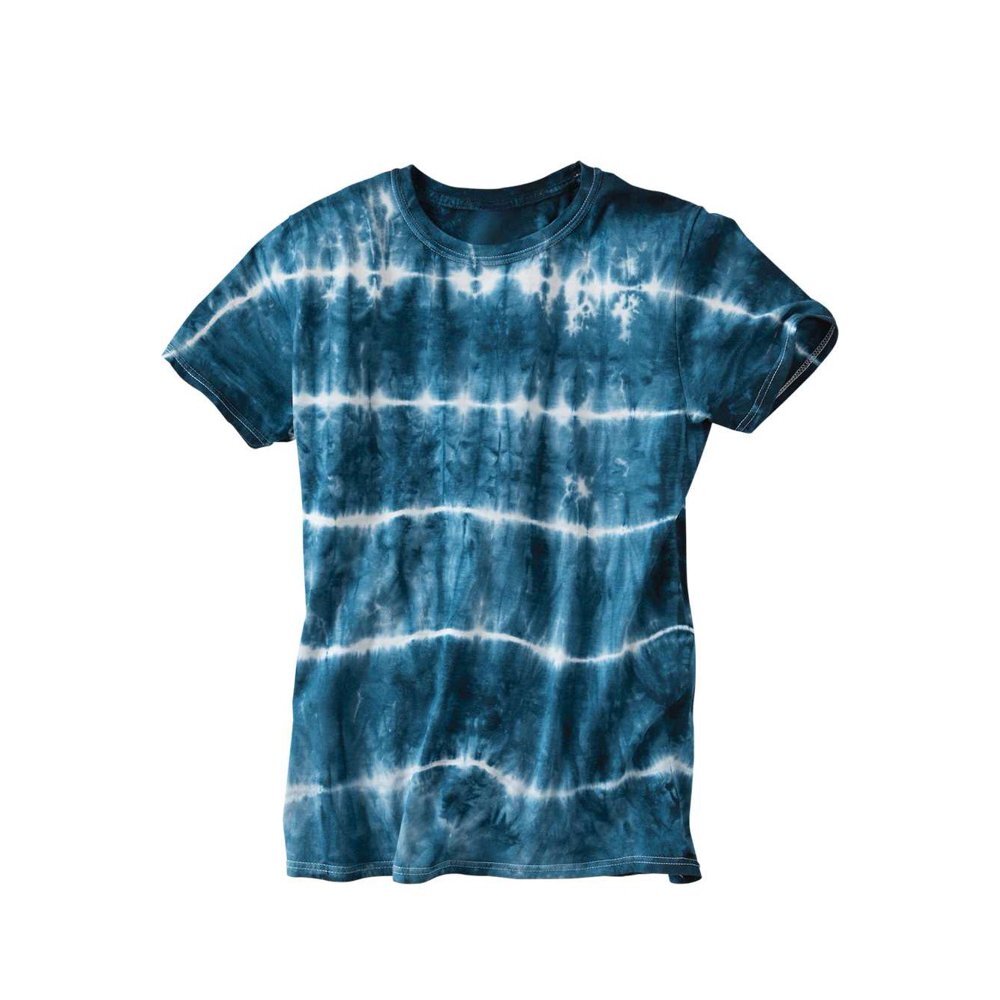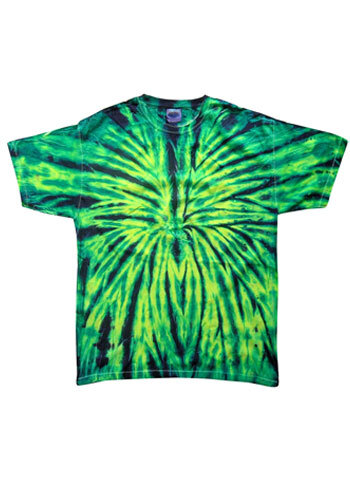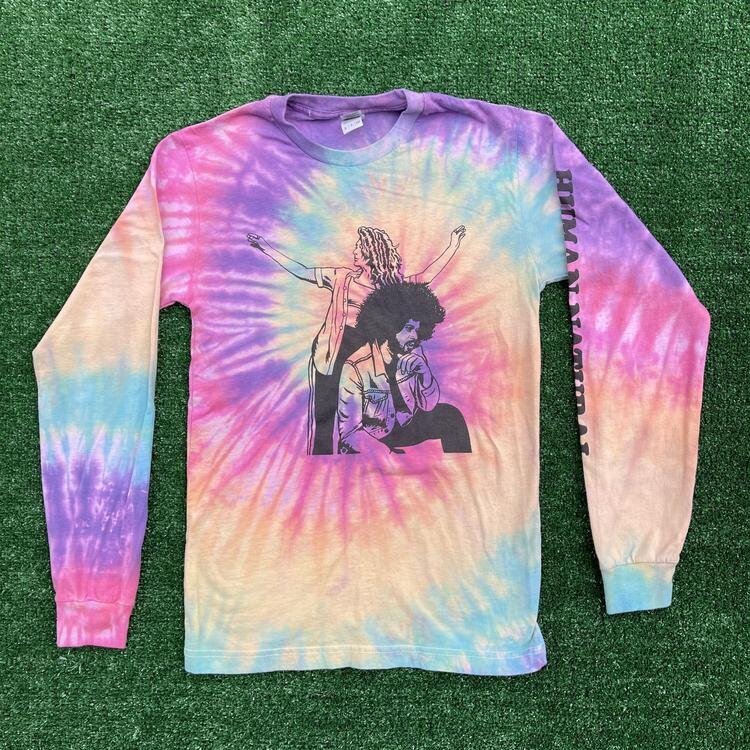This year Halloween has the potential to be great, as the day falls on a Saturday, which means you can have a late night with the kids or with friends watching scary movies and eating way too much candy until you pass out from a sugar crash. While a lot of things are different this year, we can all still dress up and make it fun. We’ll take you through some simple and on-a-budget costume ideas to stay in the spirit even if there is no Halloween parade this year.
Costume Ideas
If you’re anything like us, every year you get caught off guard once this time of year arrives and you end up panicking trying to find a last-minute costume for a zoom Halloween party. Here are some ideas that you may find helpful in the search for that great costume that took little money, effort, and time to put together.
Custom T-Shirts make great DIY Halloween costumes
While not the most original idea, it’s the perfect last-minute choice and the cost is much less than a traditional costume. So, you will be saving money and time! a t-shirt costume is a simple and practical idea for a costume that, if dressed correctly, can be a big hit at the annual Halloween party. For 2020, especially, you will most likely spend the night at home but this doesn’t mean that you can’t have fun and dress up!
A few things to consider when coming up with a costume t-shirt:
Humor - Always be funny! Do you like to make people laugh? find a way to still be funny with a simple t-shirt costume by
Cleverness - A play on words is always a hit! a clever way of using a word or phrase will almost always get a chuckle from people.
Originality - Make sure you’re the only one at the party with your costume, try to be creative and reference pop culture or current events.
Relativity - There is nothing worse than having to explain the joke. Make sure your costume is something people will understand and relate to.
Here we will show you a few fun ideas that have all the elements needed for an awesome last-minute Halloween costume for your “chill-at-home Halloween party”.
Nerd Tee
The classic nerd costume. We all have a pair of old thick framed glasses. Buy this shirt and put on the glasses and you’re good to go!
Clever Tee
Wittiness will always get you brownie points. Everyone likes a clever t-shirt!
Tuxedo Tee
This shirt tuxedo costume allows for some versatility. You could be a magician or a fancy man at a fancy dinner party. Grab a top hat and some dashing white gloves and you'll be ready.
Hillbilly Tee
Barbed wire tattoos, flask in the pocket, corncob pipe, and a bandana. All you need is a mullet and a trucker hat and you’re good to go.
Pregnant Costume Tee
Have a bun in the oven? Most costume won’t fit? No problem! This t-shirt will scare all the little trick-or-treaters.
Star Trek Tee
Now this is an effortless cool costume! Throw this shirt on, slick back your hair and put on some black pants and you’re in with the trekkies at the Zoom party.
Costume Masks
As we continue to battle Covid-19, it is important to follow the CDC guidelines for this holiday. Wearing a mask will have to be part of your costume if you are taking your kids trick-or-treating, or if you’re an adult that still enjoys childhood traditions. Whatever the scenario, we decided to list some of our favorite Covid-19 friendly face masks for Halloween.
Fun Halloween Face Masks for 2020
Ron Swanson
Everyone loves the show Parks and Recreation, and Ron Swanson is an iconic character. Just put on a suit, slick back your hair and put on this mask!
Kevin - Home Alone
You can’t think of a more iconic movie from the 90’s. This scene from home alone printed on a mask is genius!
Zombie
The classic Halloween costume! get this mask and skip all the special effects makeup.
Hocus Pocus Witches
The best Disney Halloween movie ever made! The Sanderson sisters are the most iconic witches, and these face masks prove that!
LED light-up Face Mask
If you’re going for a more futuristic look, this face mask is it! Some of the features are great and you can use it for multiple occasions.
Plague Doctor Mask
We couldn’t think of a better occasion to wear this than for Halloween during a pandemic. This steam punk mask is great for a simple costume idea.
Author: Irene Floridia - Content Creator

















